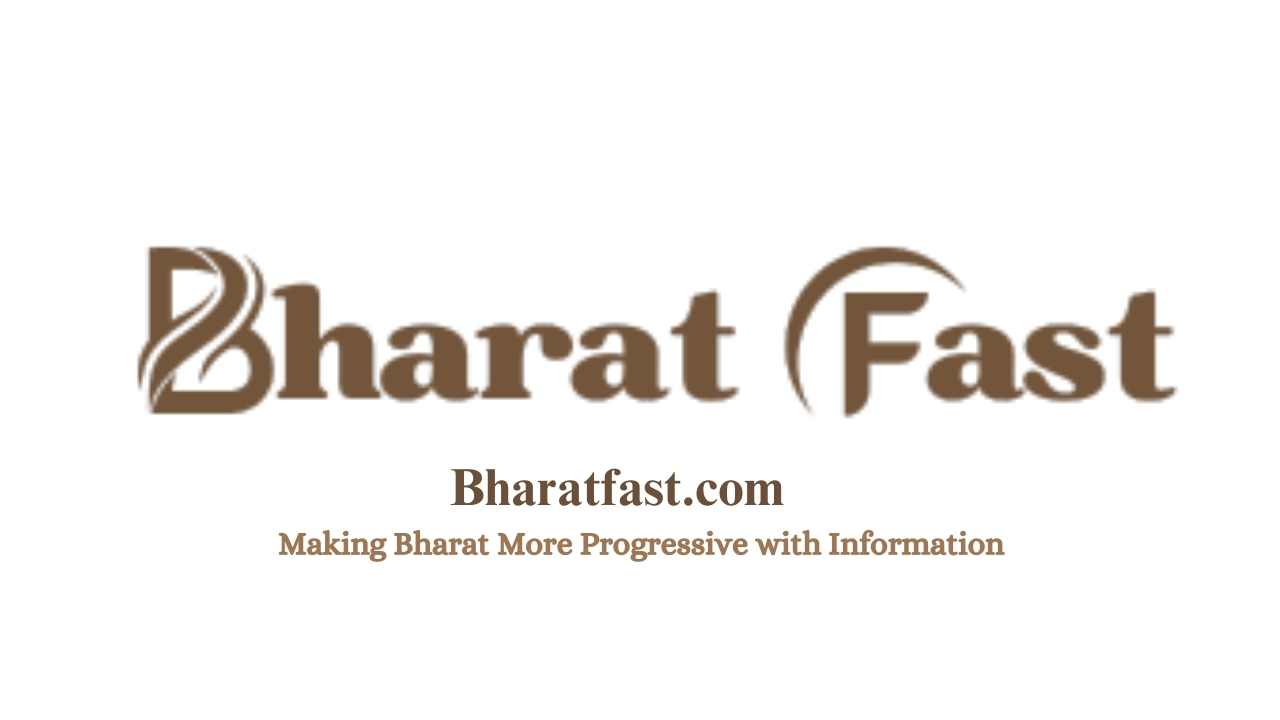“`html
State Bank of India (SBI), a financial institution with a storied legacy since its establishment in 1955, is recognized as India’s largest bank. With its extensive suite of banking and financial services, SBI caters not just to individual customers but also to businesses and government entities alike. The bank’s service offerings range from essential savings and current accounts to a multitude of loans, credit cards, insurance policies, and investment products. In a rapidly evolving financial landscape, SBI stands out as a beacon of trust and stability, aiming to make banking accessible to all. As of October 10, 2024, SBI’s share price on the National Stock Exchange (NSE) is recorded at 797.00 INR. This article delves into the intricacies of SBI’s share price targets for 2024, 2025, 2026, and projections extending to 2030, offering valuable insights for investors and stakeholders.
State Bank of India: Market Overview
- Open Price: ₹799.00
- High Price: ₹804.45
- Low Price: ₹795.00
- Previous Close: ₹797.40
- Volume: 10,241,015
- Value (Lacs): ₹81,631.13
- VWAP: 799.18
- Upper Circuit Limit: ₹877.10
- Lower Circuit Limit: ₹717.70
- P/E Ratio: 10.48
- Dividend Yield: 1.72%
- 52-Week High: ₹912.00
- 52-Week Low: ₹543.20
- Market Capitalization: ₹7.10 Lac Crores
- Face Value: ₹1
State Bank of India Competitors
In the competitive landscape of Indian banking, SBI faces significant competition from various players. The following are five noteworthy competitors alongside their estimated market capitalizations:
- HDFC Bank Ltd:
Market Capital: ₹12,00,000 Crores - ICICI Bank Ltd:
Market Capital: ₹7,00,000 Crores - Kotak Mahindra Bank Ltd:
Market Capital: ₹3,50,000 Crores - Axis Bank Ltd:
Market Capital: ₹3,10,000 Crores - Bank of Baroda:
Market Capital: ₹1,00,000 Crores
SBI Share Price Chart

SBI Share Price Target for 2024 to 2030
| SBI Share Price Target Years | Share Price Target |
| 2024 | ₹915 |
| 2025 | ₹1570 |
| 2026 | ₹2065 |
| 2027 | ₹2626 |
| 2028 | ₹3100 |
| 2029 | ₹3980 |
| 2030 | ₹5760 |
SBI Share Price Target for 2024
For the year 2024, the expected target for SBI’s share price is ₹915. Several key factors may affect this projection:
- Economic Recovery and Growth:
The post-pandemic economic health of India is likely to be a major influencing factor for SBI’s share price. An uptick in economic activity typically leads to increased demand for banking services, thereby enhancing revenue prospects for SBI. - Asset Quality and Non-Performing Assets (NPAs):
The management of asset quality is critically important. A decline in NPAs signals efficient recovery practices and indicates improved profitability, boosting investor confidence and share prices. - Digital Banking Initiatives:
Ongoing investment in digital innovation by SBI may attract more customers and streamline operations, positively impacting growth and share prices in the coming year.
SBI Share Price Target for 2025
Looking ahead to 2025, the anticipated target for SBI shares is ₹1570. However, potential risks include:
- Economic Slowdown:
Any downturn in the economy could reduce demand for financial products, thus affecting profitability and reducing share prices for SBI. - Regulatory Changes:
Changes in banking regulations can significantly impact SBI, making it essential to navigate the regulatory landscape efficiently. - Competition and Market Dynamics:
The intensifying competition in the banking sector necessitates that SBI continuously enhance its offerings to retain and attract customers.
SBI Share Price Target for 2030
By 2030, the projected share price for SBI is ₹5760. However, three significant challenges may influence this target:
- Technological Disruption:
SBI needs to stay abreast of rapid changes in fintech; failure to innovate could result in loss of market competitiveness. - Global Economic Volatility:
SBI’s performance could also be affected by external economic factors, including global slowdown or geopolitical tensions. - Rising Non-Performing Assets (NPAs):
An increase in NPAs could adversely impact SBI’s financial health, necessitating robust loss management strategies.
State Bank of India Shareholding Pattern
- Promoters: 57.54%
- Domestic Institutions: 23.61%
- Foreign Institutions: 11.16%
- Retail and Others: 7.70%

For further information about SBI, visit the official website:
